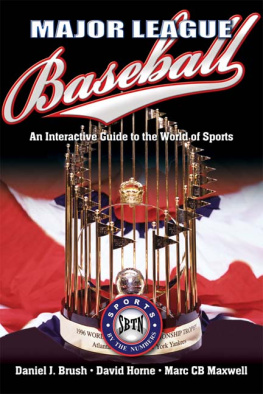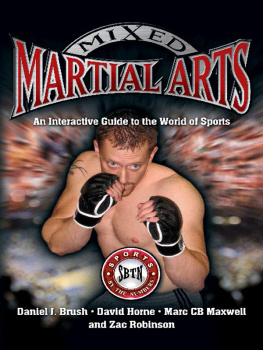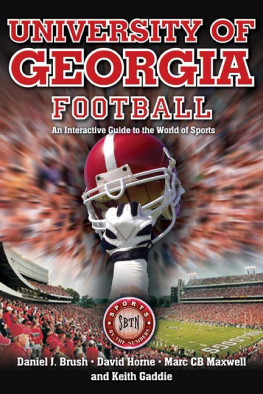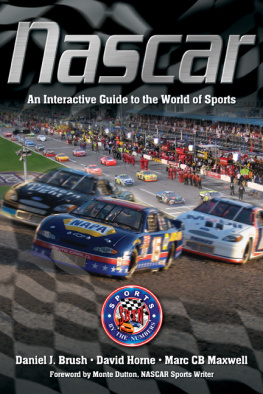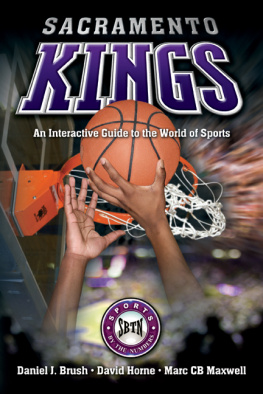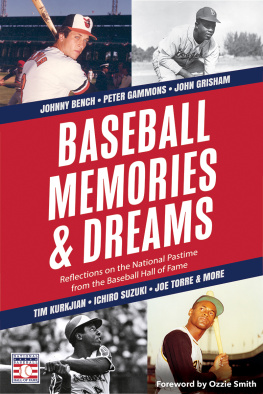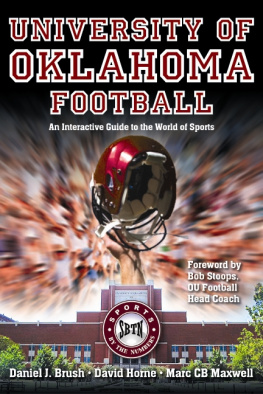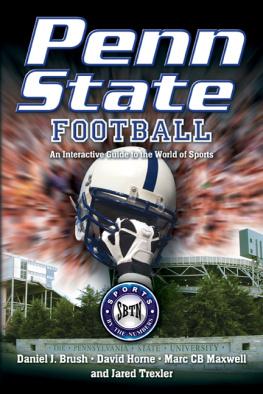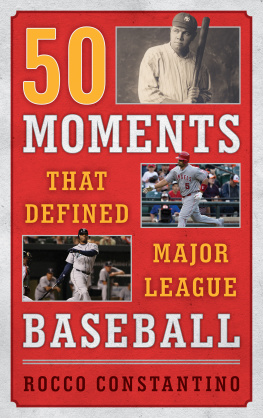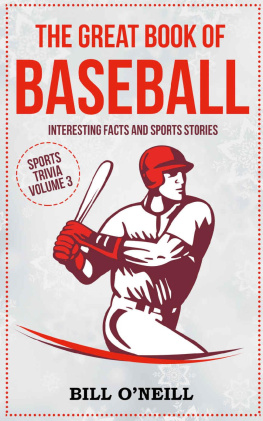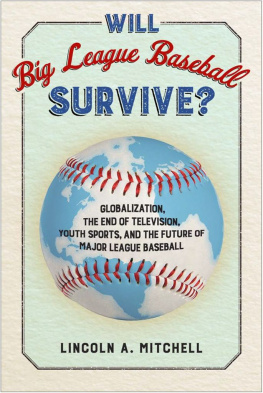Daniel J. Brush - Major League Baseball: An Interactive Guide to the World of Sports: Sports by the Numbers
Here you can read online Daniel J. Brush - Major League Baseball: An Interactive Guide to the World of Sports: Sports by the Numbers full text of the book (entire story) in english for free. Download pdf and epub, get meaning, cover and reviews about this ebook. year: 2009, publisher: Savas Beatie, genre: Non-fiction. Description of the work, (preface) as well as reviews are available. Best literature library LitArk.com created for fans of good reading and offers a wide selection of genres:
Romance novel
Science fiction
Adventure
Detective
Science
History
Home and family
Prose
Art
Politics
Computer
Non-fiction
Religion
Business
Children
Humor
Choose a favorite category and find really read worthwhile books. Enjoy immersion in the world of imagination, feel the emotions of the characters or learn something new for yourself, make an fascinating discovery.
- Book:Major League Baseball: An Interactive Guide to the World of Sports: Sports by the Numbers
- Author:
- Publisher:Savas Beatie
- Genre:
- Year:2009
- Rating:4 / 5
- Favourites:Add to favourites
- Your mark:
Major League Baseball: An Interactive Guide to the World of Sports: Sports by the Numbers: summary, description and annotation
We offer to read an annotation, description, summary or preface (depends on what the author of the book "Major League Baseball: An Interactive Guide to the World of Sports: Sports by the Numbers" wrote himself). If you haven't found the necessary information about the book — write in the comments, we will try to find it.
THE SPORT: Baseball is our national pastimeand the popularity of the game has never been greater than it is right now. The Sports by the NumbersTM franchise delves into the history of baseball and explores some of its greatest moments, legends, players, and teams in a unique and provocative numerical framework.
THE FORMAT: The presentation created by the authors distinguishes Sports by the NumbersTM from everything else available today. Major League Baseball is composed of ten chapters, each offering one hundred numbered mini-storiesfacts, anomalies, records, coincidences, and enthralling lore and trivia. Each chapter begins with a stirring Introduction highlighting the many exciting stories detailed in that chapter.
INTERACTIVE: Numerical entries tagged with SBTN-All Star and SBTN-Hall of Fame logos are scattered throughout this book. These logos indicate that more information is available at our website www.sportsbythenumbers.com. Just click on the athletic locker in the bottom right-hand corner of the homepage and access additional reading material, audio and video clips, and more.
Sports by the NumbersTM books are not just for die-hard sports fans, but for every fan and sports history reader who loves sports and wants to know more about their heroes and favorite teams. They will quench any fans thirst for entertainment and knowledge.
About the Authors: Daniel J. Brush is currently working on his Ph.D. at the University of Oklahoma. David Horne is a professional educator and former high school athletic director currently pursuing his doctoral degree at the University of Oklahoma. Marc CB Maxwell is a Ph.D. student at the University of Oklahoma and is the author of Surviving Military Separation: 365 Days (Savas Beatie, 2007).
Daniel J. Brush: author's other books
Who wrote Major League Baseball: An Interactive Guide to the World of Sports: Sports by the Numbers? Find out the surname, the name of the author of the book and a list of all author's works by series.

